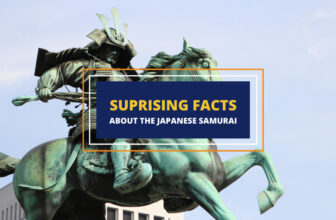
A dynasty is a political system based on hereditary monarchies. From c. 2070 BCE until 1913 AD, thirteen dynasties governed China, with several of them making significant contributions to the development of the country. This timeline details the achievements and missteps of every Chinese dynasty.
Xia Dynasty (2070-1600 BCE)
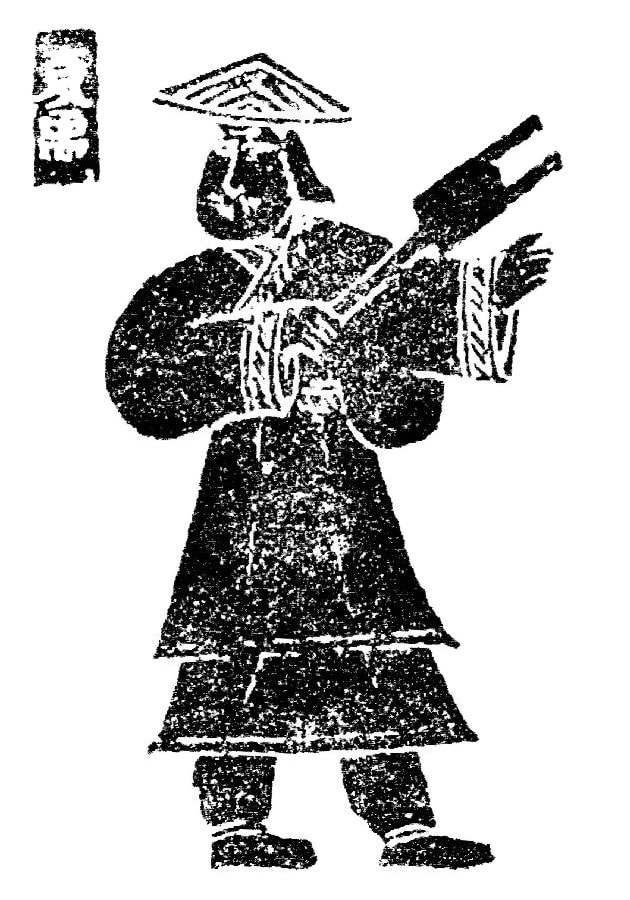
The Xia rulers belong to a semi-legendary dynasty that stretched from 2070 BC to 1600 BC. Considered the first dynasty of China, there are no written records from this period, which has made it difficult to glean much information about this dynasty.
However, it’s said that during this dynasty, Xia regents used a sophisticated irrigation system to stop the massive floods that regularly razed farmers’ crops and cities.
In the next centuries, Chinese oral traditions would connect Emperor Yu the Great with the development of the aforementioned draining system. This improvement considerably increased the Xia emperors’ sphere of influence, as more people moved to the territory controlled by them, to have access to safer shelters and food.
Shang Dynasty (1600-1050 BCE)
The Shang dynasty was founded by tribes of warlike people that descended to the south of China from the north. Despite being experienced warriors, under the Shangs, the arts, such as work in bronze and jade carving, also flourished.
Moreover, during this period the first systems of writing were introduced to China, making this the first dynasty to count with contemporary historical records. Archeological evidence suggests that in the times of the Shangs at least three kinds of characters were used: pictographs, ideograms, and phonograms.
Zhou Dynasty (1046-256 BCE)
After deposing the Shang in 1046 BCE, the Ji family established what would in time become the longest of all Chinese dynasties: the Zhou dynasty. But because they remained in power for so long, the Zhous had to face many challenges, the most notable of which was the division in states that kept China separated at the time.
Since all of these states (or kingdoms) were fighting against each other, what the Zhou rulers did was to establish a complex Feudalistic system, by which the lords from the different realms would agree to respect the central authority of the emperor, in exchange for his protection. However, each state still maintained some autonomy.
This system worked out fine for almost 200 years, but the ever-increasing cultural differences that separated every Chinese state from the others eventually set the stage for a new age of political instability.
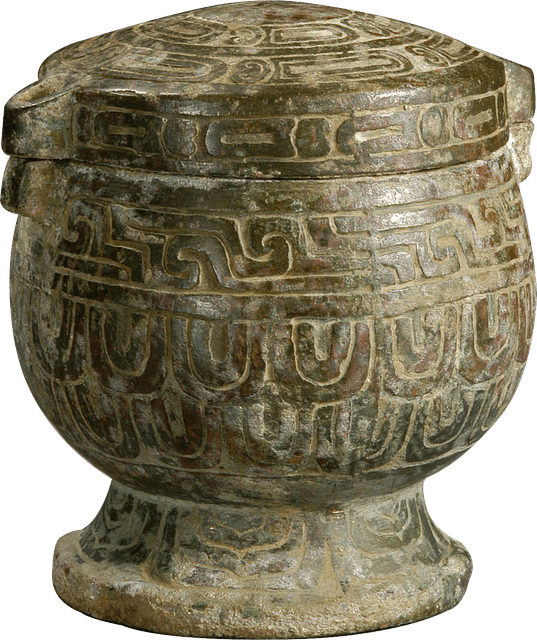
The Zhou also introduced the concept of the ‘Mandate of Heaven’, a political dogma used to justify their arrival to power (and substitution of the previous Shan regents). According to this doctrine, the Sky god would have chosen the Zhous as the new rulers, over the Shang, because the latter had become incapable of maintaining on the earth the precepts of social harmony and honor, which were an image of the principles by which the Heavens were ruled. Curiously enough, all the subsequent dynasties also adopted this doctrine to reassert their right to govern.
Regarding the Zhou’s achievements, during this dynasty, a standardized form of writing Chinese was created, an official coinage was instituted, and the communication system was greatly improved, due to the construction of many new roads and canals. Concerning the military advances, during this period horseback riding was introduced and iron weapons started to be used.
This dynasty saw the birth of three fundamental institutions that would contribute to shaping Chinese thought: the philosophies of Confucianism, Taoism, and Legalism.
In 256 BC, after almost 800 years of ruling, the Zhou dynasty was replaced by the Qin dynasty.
Qin Dynasty (221-206 BC)
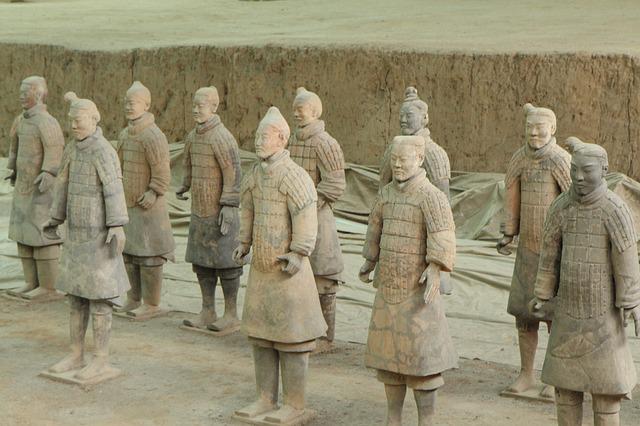
During the later times of the Zhou dynasty, constant disputes among the Chinese states caused an increasing number of revolts that eventually led to war. The statesman Qin Shi Huang ended this chaotic situation and unified the different regions of China under his control, thus giving rise to the Qin dynasty.
Regarded as the true founder of the Chinese Empire, Qin took different measures to make sure that China would remain pacified this time. For instance, he is said to have ordered several book burnings in 213 BC, to eliminate the historical records of the different states. The intention behind this act of censorship was to establish just one official Chinese history, which in turn helped to develop the national identity of the country. For similar reasons, 460 dissident Confucian scholars were buried alive.
This dynasty also saw some major public work projects, such as the construction of large sections of the Great Wall and the beginning of the building of a massive canal that connected the north with the south of the country.
If Qin Shi Huang stands out among other emperors for his mettle and energetic resolutions, it is also true that this ruler gave several shows of having a megalomaniac personality.
This side of Qin’s character is very well represented by the monolithic mausoleum that the emperor had built for him. Is in this extraordinary tomb where the terracotta warriors watch the eternal rest of their late sovereign.
As the first Qin emperor died, revolts erupted, and his monarchy was destroyed less than twenty years after its victory. The name China comes from the word Qin, which was written as Ch’in in Western texts.
Contributions:
• Legalism
• Standardized writing and language
• Standardized money
• Standardized system of measurement
• Irrigation projects
• Building of the Great Wall of China
• Terra cotta army
• Expanded Network of Roads and Canals
• Multiplication Table
Han Dynasty (206 BC-220 AD)
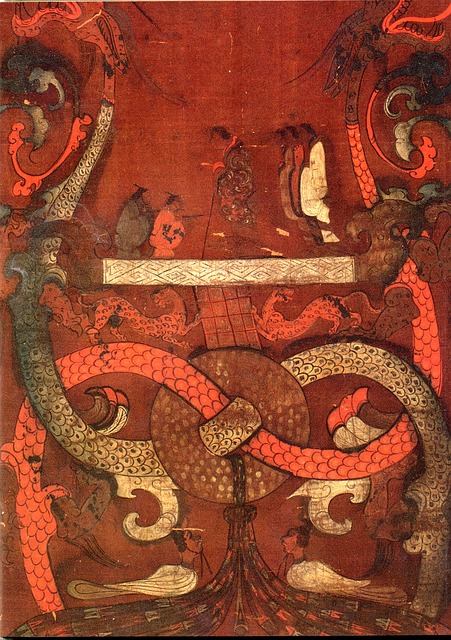
In 207 B.C., a new dynasty came to power in China and was headed by a peasant named Liu Bang. According to Liu Bang, the Qin had lost the mandate of heaven, or the authority to govern the country. He successfully deposed them and established himself as the new Emperor of China and the First Emperor of the Han Dynasty.
The Han dynasty is considered the first Golden Age of China.
During the Han Dynasty China enjoyed a long period of stability that produced both economic growth and cultural development. Under the Han Dynasty, paper and porcelain were created (two Chinese goods that, together with silk, would in time become very appreciated in many parts of the world).
At this time, China was separated from the world due to its placement among towering mountains sea borders. As their civilization developed and their riches grew, they were primarily oblivious of the developments in the countries surrounding them.
A Han emperor named Wudi started to create what has come to be known as the Silk Route, a network of minor roads and walkways that were linked to facilitate commerce. Following this route, commercial merchants carried silk from China to the West and glass, linen, and gold back to China. The Silk Road would play an essential role in the growth and expansion of commerce.
Eventually, the constant trade with realms from West and Southwest Asia would serve to introduce Buddhism into China. Simultaneously, Confucianism was publicly discussed once again.
Under the Han dynasty, a salaried bureaucracy was also established. This encouraged centralization, but at the same time provided the Empire with an efficient administrative apparatus.
China experienced 400 years of peace and prosperity under the leadership of the Han emperors. During this period, the Han emperors formed a strong central government to assist and protect the people.
The Han also banned appointing members of the royal family to key government posts, which led to a series of written examinations that were open to anybody.
The name of Han came from an ethnic group that originated in the north of Ancient China. It’s worth noting that today, most of the Chinese population are Han descendants.
By 220, the Han Dynasty was in a condition of decline. Warriors from different regions started attacking one another, plunging China into a civil war that would endure many years. At its end, the Han Dynasty split into three different kingdoms.
Contributions:
• Silk Road
• Papermaking
• Iron technology – (cast iron) plowshares, moldboard plow (Kuan)
• Glazed pottery
• Wheelbarrow
• Seismograph (Chang Heng)
• Compass
• Ship’s rudder
• Stirrups
• Draw loom weaving
• Embroidery for decorating garments
• Hot Air Balloon
• Chinese Examination System
Six Dynasties Period (220-589 AD) – Three Kingdoms (220-280), Western Jin Dynasty (265-317), Southern and Northern Dynasties (317-589)

These next three and a half centuries of almost perpetual struggle are known as the Six Dynasties Period in Chinese history. These Six Dynasties refer to the six subsequent Han-ruled dynasties that reigned throughout this chaotic time. All of them had their capitals at Jianye, which is now known as Nanjing.
When the Han Dynasty was deposed in 220 AD, a group of former Han generals separately tried to seize power. The fight among different factions gradually led to the formation of three kingdoms, the rulers of which were each one proclaiming themselves as the rightful heirs of the Han legacy. Despite their failure to unite the country, they successfully preserved Chinese culture over the years of the Three Kingdoms.
During the reign of the Three Kingdoms, Chinese learning and philosophy gradually sank into obscurity. In its stead, two faiths grew in popularity: Neo-Taoism, a national religion derived from intellectual Taoism, and Buddhism, a foreign arrival from India. In Chinese culture, the Three Kingdoms era has been romanticized many times, most famously in the book Romance of the Three Kingdoms.
This period of social and political unrest would last until the reunification of the Chinese territories, under the Jin dynasty, in 265 AD.
However, due to the disorganization of the Jin government, regional conflicts burst out again, this time giving place to the formation of 16 local kingdoms that fought against each other. By 386 AD, all these kingdoms ended up merging into two long time rivals, known as the Northern and Southern dynasties.
In the absence of a centralized, effective authority, for the next two centuries, China would be under the control of regional warlords and barbarian invaders from West Asia, who exploited the lands and raided the cities, knowing that there was no one to stop them. This period is commonly regarded as a Dark Age for China.
The change finally came in 589 AD, when a new dynasty imposed itself over the Northern and the Southern factions.
Contributions:
• Tea
• Padded horse collar (collar harness)
• Calligraphy
• Stirrups
• Growth of Buddhism and Taoism
• Kite
• Matches
• Odometer
• Umbrella
• Paddle Wheel Ship
Sui Dynasty (589-618 AD)
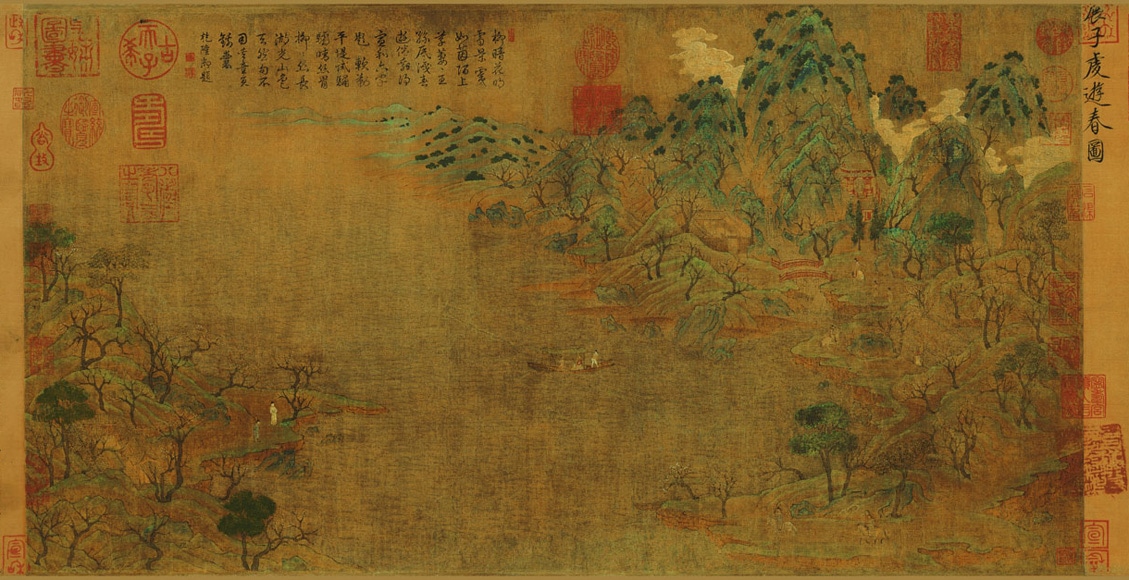
The Northern Wei had gone from view by 534, and China had entered a brief era of short-lived dynasties. However, in 589, a Turkic-Chinese commander named Sui Wen-ti established a new dynasty over a reconstituted kingdom. He reunified the northern kingdoms, consolidated the administration, overhauled the taxation system, and invaded the south. Despite having a brief rule, the Sui dynasty brought significant changes to China that helped to reunify the south and the north of the country.
The administration Sui Wen-ti formed was highly stable during his lifetime, and he embarked on major construction and economic initiatives. Sui Wen-ti did not choose Confucianism as the official ideology but instead adopted Buddhism and Taoism, both of which had flourished fast throughout the Three Kingdoms era.
During this dynasty, official coinage was standardized across the country, the government army was extended (becoming the largest in the world at the time), and the construction of the Great Canal was finished.
The stability of the Sui dynasty also allowed literature to flourish – the epic of Hua Mulan, for example, was collected during this period.
Throughout these four decades of rule, the barbarians that invaded China in the previous centuries were also assimilated into the Chinese population.
However, Sui Wei-ti’s son, Sui Yang-ti, who ascended to the throne after his father’s death, quickly overreached himself, intervening first in the affairs of the northern tribes and then organizing military campaigns into Korea.
These conflicts and unfortunate natural calamities eventually bankrupted the government, which soon succumbed to a revolt. Because of political struggle, the authority was passed to Li Yuan, who then established a new dynasty, the T’ang Dynasty, which lasted for another 300 years.
Contributions
• Porcelain
• Block Printing
• Grand Canal
• Coinage Standardization
Tang Dynasty (618-906 AD)
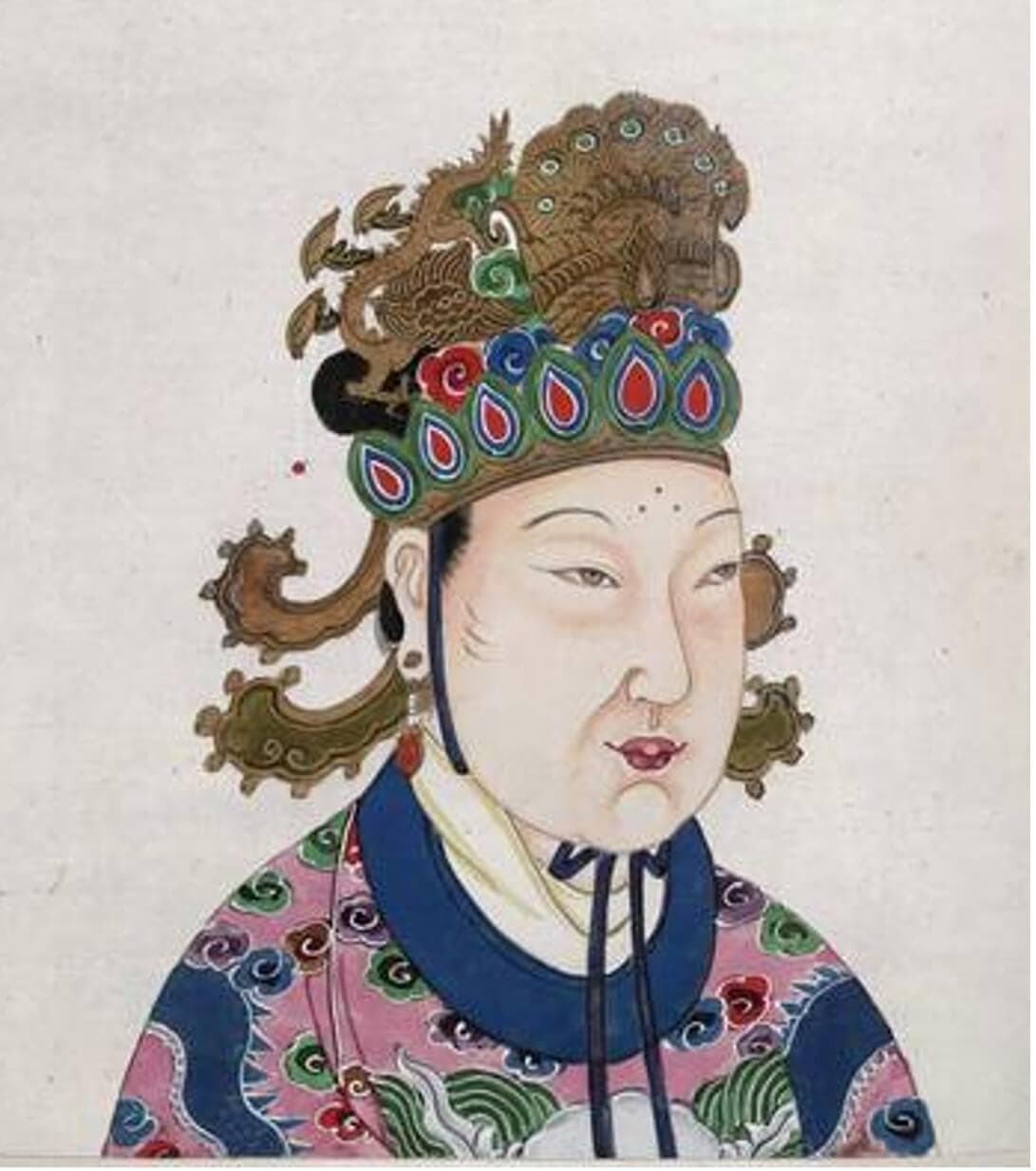
The clan of the Tang eventually outpowered the Suis and founded their dynasty, which lasted from 618 to 906 AD.
Under the Tang, several military and bureaucratic reforms, combined with a moderate administration, brought what is known as a Golden Age for China. Tang Dynasty was described as a turning point in Chinese culture, where its domain was more significant than the Han’s, thanks to the military successes of its early emperors. During this period, the Chinese Empire expanded its territories to the west more than ever before.
The connections with India and the Middle East stimulated its ingenuity in many sectors, and in this time, Buddhism thrived, becoming a permanent part of Chinese traditional culture. Block printing was created, allowing the written word to reach a far larger audience.
The Tang dynasty reigned over a golden age of literature and art. Among these was the governance structure that developed the civil service test, which was backed up by a class of Confucian followers. This competitive process was created to attract the most outstanding personnel into government.
Two of the most famous Chinese poets, Li Bai and Du, lived and wrote their works in this age.
While Taizong, the second Tang regent, is widely considered as one the greatest Chinese emperors, it’s also worth mentioning that during this period China had its most notorious female ruler: Empress Wu Zetian. As a monarch, Wu was extremely efficient, but her ruthless methods of control made her very unpopular among the Chinese.
Tang power waned by the middle of the 19th century, when there was domestic economic instability and a military loss at the hands of the Arabs in 751. This marked the start of the Chinese empire’s slow military collapse, which was expedited by misrule, royal intrigues, economic exploitation, and popular rebellions, allowing northern invaders to bring the dynasty to an end in 907. The end of the Tang Dynasty marked the beginning of a new era of dissolution and strife in China.
Contributions:
• Tea
• Po Chu-i (poet)
• Scroll painting
• Three Doctrines (Buddhism, Confucianism, Taoism)
• Gunpowder
• Civil Service Exams
• Brandy and whiskey
• Flame-thrower
• Dance and Music
The Five Dynasties/Ten Kingdoms Period (907-960 AD)
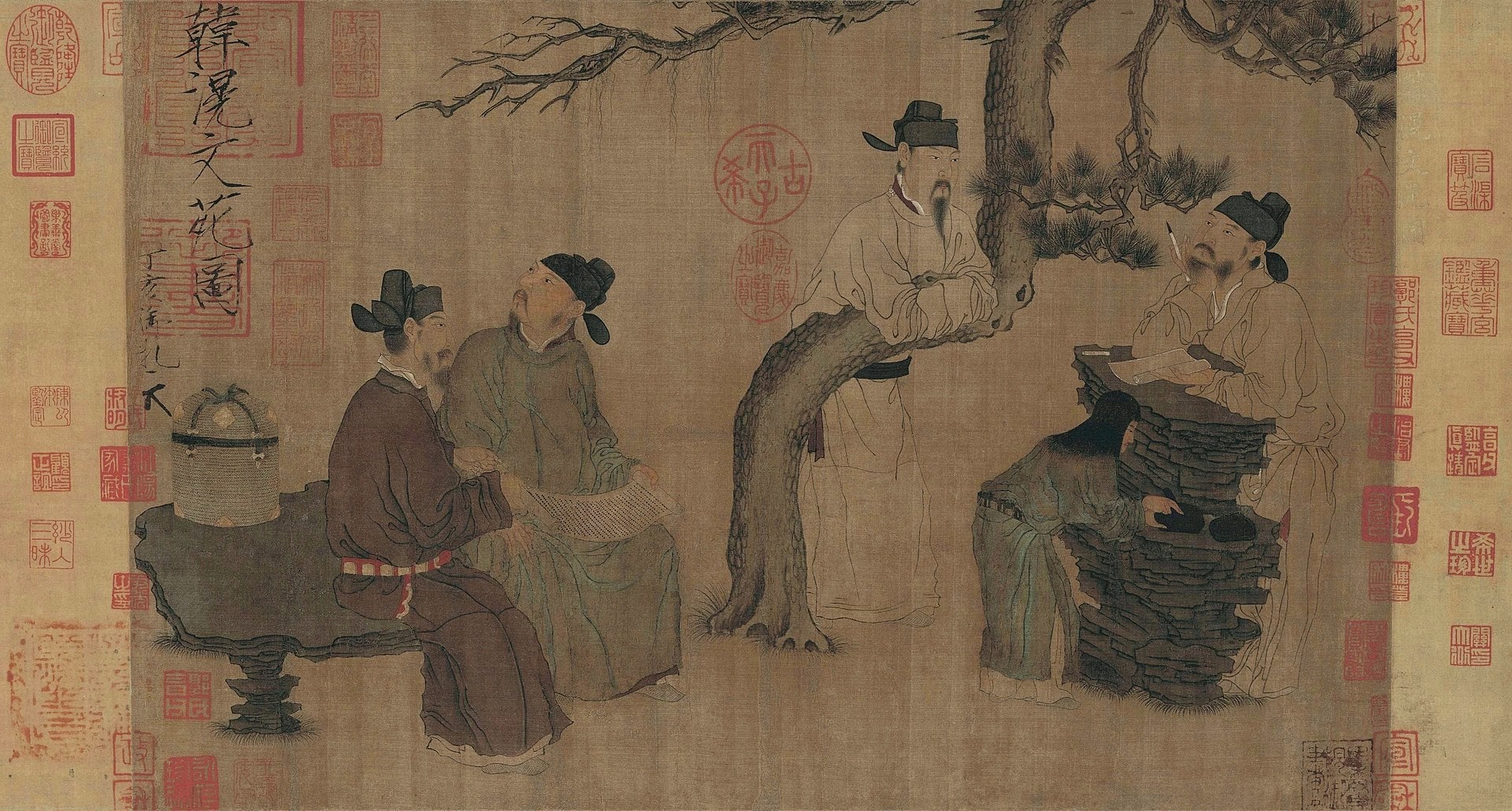
Internal turmoil and disorder characterized the 50 years between the collapse of the Tang dynasty and the beginning of the Song dynasty. From one side, in the North of the empire, five successive dynasties would try to seize power, without any of them fully succeeding. During the same period, ten governments ruled different parts of southern China.
But despite the political instability, some very important technological advances occurred in this period, such as the fact that the printing of books (that first started with the Tang dynasty) became widely popularized. The internal turmoil of this time lasted until the arrival to power of the Song dynasty.
Contributions:
• Tea Trade
• Translucent Porcelain
• Paper Money and Certificates of deposit
• Taoism
• Painting
Song Dynasty (960-1279 AD)
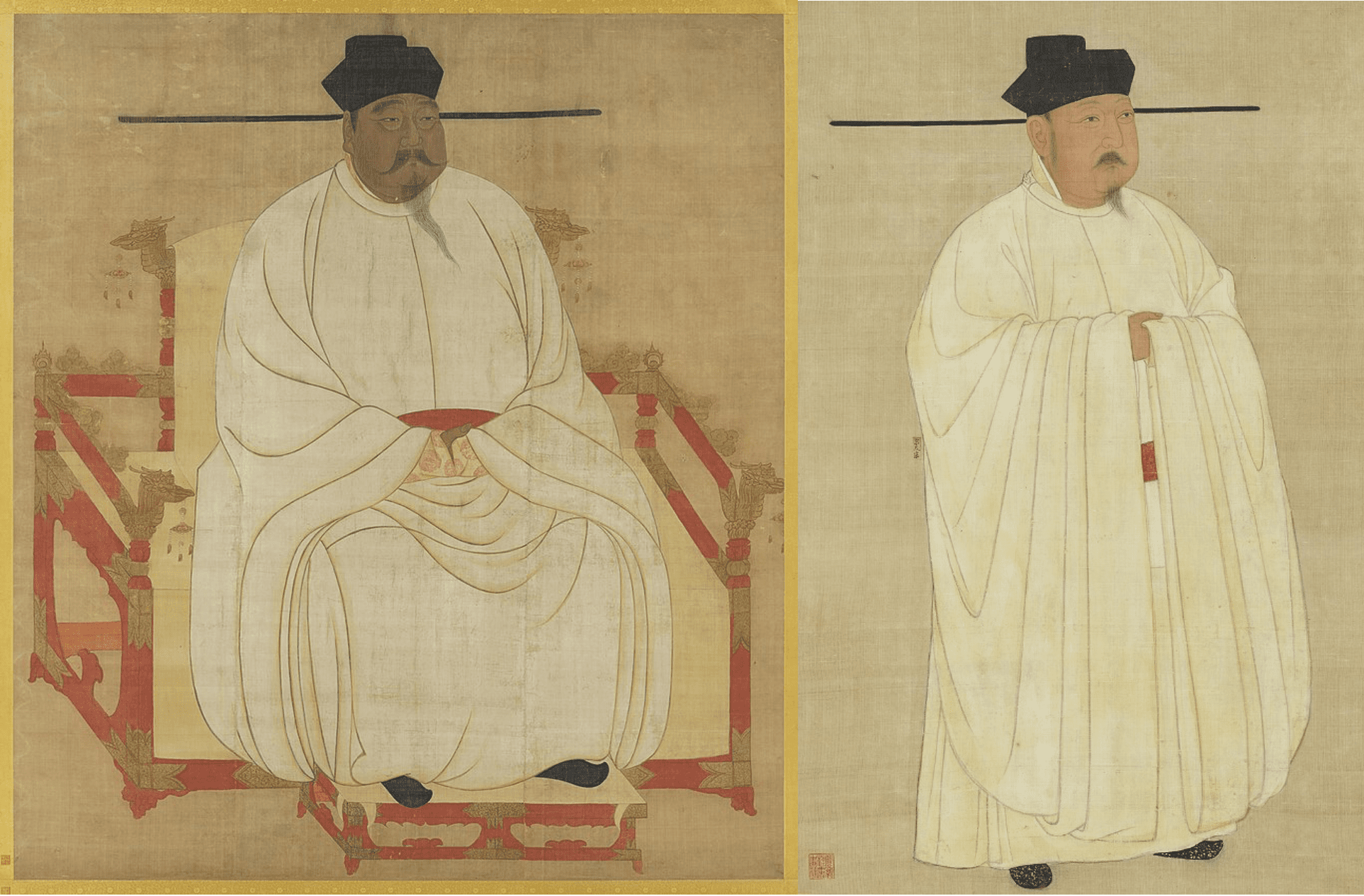
During the Song dynasty, China was reunified once again under the sole control of Emperor Taizu.
Technology flourished under the rule of the Songs. Among the technological advancements of this era are the invention of the magnetic compass, a useful navigation instrument, and the development of the first-ever recorded gunpowder formula.
At the time, gunpowder was used mostly to create fire arrows and bombs. A better understanding of astronomy made it also possible to improve the design of contemporary clockworks.
The Chinese economy also grew steadily during this period. Moreover, the surplus of resources allowed the Tang dynasty to implement the first national paper currency in the world.
The Song dynasty is also renowned for the city developments as centers of trade, industry, and commerce through its landed scholar-officials, the gentry. When education prospered with printing, private commerce expanded and connected the economy to the coastal provinces and their borders.
Despite all their achievements, the Song dynasty came to an end when its forces were defeated by the Mongols. These fierce warriors from inner Asia were commanded by Kublai Khan, who was Genghis Khan’s grandson.
Contributions:
• Magnetic compass
• Rocket and multi-stage rockets
• Printing
• Guns and Cannons
• Landscape painting
• Winemaking
Yuan Dynasty, a.k.a. the Mongol Dynasty (1279-1368 AD)

In 1279 AD, the Mongols took control over all of China, and subsequently founded the Yuan Dynasty, with Kublai Khan as its first emperor. It’s also worth mentioning that Kublai Khan was also the first non-Chinese ruler to dominate the whole country.
During this period, China was the most important part of the Mongol Empire, whose territory stretched from Korea to Ukraine, and from Siberia to Southern China.
Since most of Eurasia was unified by the Mongols, under the Yuan influence, Chinese commerce flourished tremendously. The fact that the Mongols established an extensive, yet efficient, system of horse messengers and relay posts was also crucial for the development of trade among the different regions of the Mongol empire.
Mongols were ruthless warriors, and they siege cities on many occasions. However, they also proved to be very tolerant as rulers, as they preferred to avoid interfering with the local politics of the place they conquered. Instead, Mongols would use local administrators to rule for them, a method also applied by the Yuans.
Religious tolerance was also among the features of Kublai Khan’s rule. Nevertheless, the Yuan dynasty was short-lived. It came to its end in 1368 AD, after a series of massive floods, famines, and peasant rebellions took place.
Contributions:
• Paper money
• Magnetic Compass
• Blue and white porcelain
• Guns and Gunpowder
• Landscape painting
• Chinese Theater, Opera, and Music
• Decimal Numbers
• Chinese Opera
• Porcelain
• Chain Drive Mechanism
Ming Dynasty (1368-1644 AD)
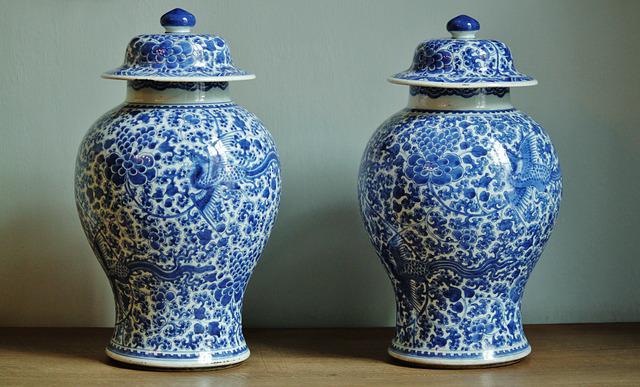
The Ming dynasty was established in 1368, after the fall of the Mongol Empire. During the Ming dynasty, China enjoyed a time of prosperity and relative peace.
Economic growth was brought by the intensification of international commerce, with special mention to the Spanish, Dutch, and Portuguese trade. One of the most appreciated Chinese goods from this time was the famous blue-and-white Ming porcelain.
Throughout this period, the Great wall was finished, the Forbidden City (the ancient world’s biggest wooden architectural structure) was built, and the Great Canal was restored. However, despite all of its achievements, Ming rulers failed to resist the attack of the Manchu invaders and were replaced by the Qing dynasty in 1644.
Qing Dynasty (1644-1912 AD)
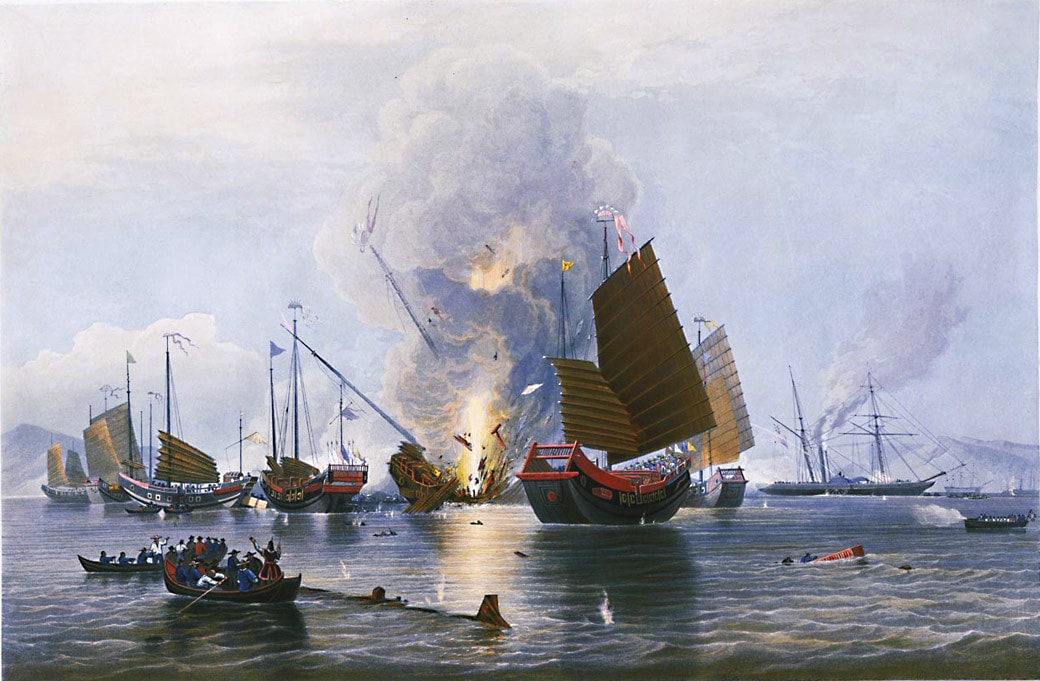
The Qing dynasty seemed to be another Golden age for China at its beginning. Nevertheless, during the mid-19th century, the Chinese authorities’ attempts to stop the trade of opium, illegally introduced to their country by the British, led China to engage in a war with England.
During this conflict, known as the First Opium War (1839-1842), the Chinese army was outclassed by the more advanced technology of the British and soon lost. Less than 20 years after that, the Second Opium War (1856-1860) began; this time involving Britain and France. This clash ended again with a victory for the Western allies.
After each of these defeats, China was forced to accept treaties that gave many economic concessions to Britain, France, and other foreign forces. These shameful acts made China stagnate as much as possible from the western societies from that point onward.
But on the inside, troubles continued, as a significant part of the Chinese population thought that the representatives of the Qing dynasty were no longer capable of administering the country; something that greatly undermined the power of the emperor.
Finally, in 1912, the last Chinese emperor abdicated. The Qing dynasty was the last of all the Chinese dynasties. It was replaced by the Republic of China.
Conclusion
The history of China is indissolubly associated with that of the Chinese dynasties. From ancient times, these dynasties saw the evolution of the country, from a group of kingdoms scattered across the North of China to the massive empire with a well-defined identity that it had become at the beginning of the 20th century.
13 dynasties ruled China over a period that stretched for almost 4000 years. During this period, several dynasties brought forward golden ages that made this country one of the most well-organized, functional societies of its time.





